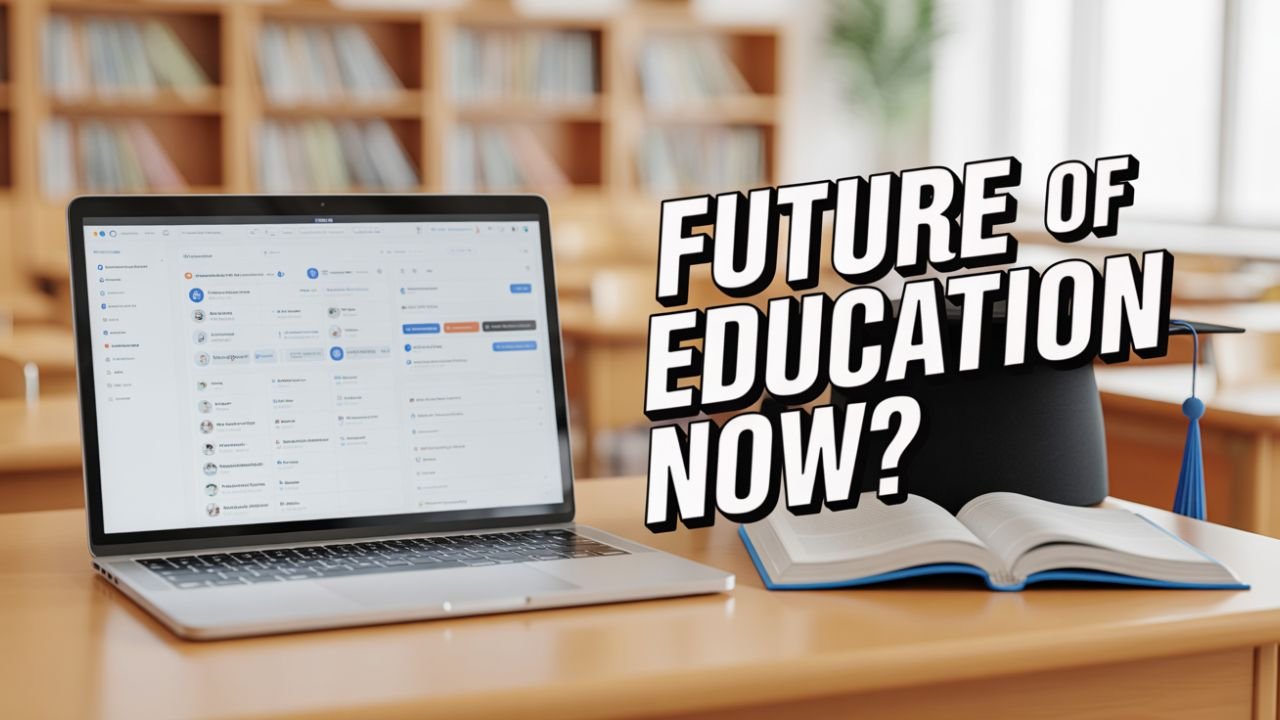In today’s rapidly changing times, it is a big responsibility to prepare the education system for the future. In this direction, Blended Learning, i.e. a combined form of traditional and digital education, has emerged as an effective solution. In the earlier article, we discussed its basic form, and now in this article we will know about its major benefits and challenges.
No system is perfect – every innovation is also associated with some difficulties. Therefore, it is important that we understand the advantages and drawbacks of blended learning neutrally, so that we can make this system more useful.
Major Benefits of Blended Learning
1. Student-Centered Learning System
In blended learning, the center of education is not the teacher, but the student. The teacher’s job is only to guide – to inspire students, awaken their imagination and give them a new direction. This increases the self-reliance and confidence of the students.
2. Participation and interest in learning increases
This model inspires students to learn actively, not just to read. Online tools, videos, interactive assignments and personal feedback keep them interested in learning.
3. Improved understanding and utility of the subject
In traditional education, many times the subjects are limited to passing the exam, but blended learning gives students an opportunity to understand the subjects deeply with practical experience.
4. Development of brain skills and improvement in results
This model improves the ability of students to think, remember and understand. As a result, the academic performance of students improves.
5. Flexibility and freedom
Students can learn according to their convenience and pace. Be it morning or night, having the freedom to learn whenever you want completely changes the way of acquiring knowledge.
6. Better relationship between teacher and student
In this system, the teacher is only a guide, which makes his relationship with the students more personal and collaborative.
7. Full use of resources
Whether it is digital tools, books or laboratories – blended learning promotes the effective use of all resources.
8. Instant feedback and possibility of improvement
Through online assessment, students can immediately know where there is a need for improvement. Teachers can also make immediate changes in their strategies.
9. Independent and self-motivated learning environment
In this, students have the freedom to learn new things with the help of their curiosity and imagination. It does not limit them only to the curriculum.
10. Democratic education system
Every student gets equal opportunity to learn according to their interest, pace and style. This makes education accessible and balanced for everyone.
Challenges and potential problems of blended learning
Now that we have seen its benefits, it is also important to understand its challenges honestly. Although these challenges are less than its benefits, it is important to focus on their solutions.
1. Management and time required
Successfully implementing blended learning requires some extra management and organization in the beginning. This is a temporary challenge. Once teachers and students get used to it, the process becomes smooth.
2. Technical issues
The basic foundation of blended learning is technology – which includes the use of laptops, smartphones, the internet, and various educational apps. In places where the availability of these technologies is limited, this can be a real problem. But technology has now entered every field, and education should not be left behind.
3. Teachers’ concerns and doubts
Some teachers are worried that technology will replace them. But the truth is that blended learning does not replace teachers, but makes them more capable. Teachers who adopt technology will become the favorite of students in the future.
4. Lack of proper training
To make this system effective, both students and teachers need special training. Not only the curriculum, but knowledge of technical tools, online assessment and digital discipline is necessary.
5. Need for discipline and organization
There is more freedom in blended learning, but this does not mean that there will be no discipline. It requires a different kind of planning and time management, so that this system can run smoothly.
Conclusion: Is Blended Learning the Future?
When we consider the issue in an objective manner, the advantages of blended learning exceed the problems. These are also not permanent problems, which can be solved. This educational system is moving in a direction whereby natural thinking, imaging and creativity of the students is not suppressed, but nurtured.
Are we equipping education to meet this change or are we still in the old ways of doing things?
The future of the world is left to people who do not only learn, but they learn how to learn. And blended learning enhances this way of thinking.
